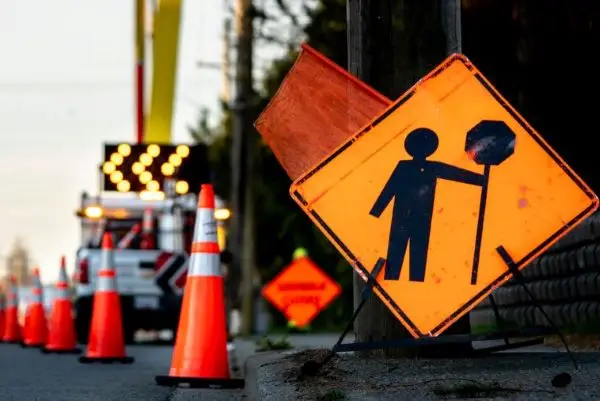A new traffic control online training aims to help tow operators get the knowledge, confidence, and resources to do their job safely.
Towing and recovery is a high-risk industry characterized by a unique combination of workplace hazards. Managing risk at the worksite, including controlling traffic, helps tow operators conduct their job safely.
Unlike other roadside work zones, tow operators are called upon to assist stranded motorists at all times of the day and night, and in all weather conditions. Clarifying the roles and responsibilities of tow truck operators through consistent standards and training will result in safer working conditions for industry and safer roads for the motoring public.
Towing and recovery is a dangerous job
“A traffic scene can change very quickly, and it’s not a 9-to-5 job. Work happens at all hours and in all weather conditions,” said towing and recovery advisor for the Automotive Retailers Association (ARA), Ken Hendricks, in an interview for SpeakingofSafety.ca
WorkSafeBC statistics show that between 2012 and 2021, 12 workers died on the job on B.C.’s roads. Between 2005 and 2019, another 15 tow truck operators were off work due to injuries sustained while working on or beside the road.
Traffic control is needed even for short jobs
The ARA’s new emergency response training applies traffic management principles to day-to-day operations that operators will encounter and gives them the practical skills they need to safely set up a work zone and manage the scene.
For example, tow operators may need to shut down a lane of traffic, or work on the shoulder of a roadway. They sometimes operate on a curve in the road or at the top of a hill where they are more difficult to spot by approaching drivers.
“Typically, the bulk of work they need to do is emergent or brief. If a stalled car needs a boost, the operators are probably in and out of there in less than 15 minutes,” said Hendricks for SpeakingofSafety.ca. He added that even for short jobs, traffic control is often needed. “Beacon lights or their emergency lights may not be enough.”
The Emergency Response Traffic Control for Tow and Recovery Operators covers:
- Conducting a risk assessment
- Setting up and taking down traffic control equipment
- Using personal protective clothing and traffic control devices
- Having a buffer vehicle to protect the workplace
- Principles of traffic management outlined in the Traffic Management Manual for Work on Roadways
- Using traffic control devices and personal protective clothing
Pricing and Discounts
Individual fee
$39.00
Group discounts
- A group of 5-10 registrants – 10 % OFF
- A group of 11-20 registrants – 15 % OFF
- A group of 21 registrants and more – 20 % OFF
Changes to traffic control
One of the reasons why this online course was developed is to help the industry comply with the changes to Part 18: Traffic Control of the WSBC Regulations that came into effect on December 1, 2021. The new regulations create a new classification for towing and recovery operators whereby towers are classified as “emergency responders” when present at an emergency scene at a work zone where traffic control is required.
These new regulations mandate to employers to ensure that effective traffic control is provided and used whenever traffic could be hazardous to a worker. Broken down into several modules, the ARA’s Emergency Response Traffic Control for Towing and Recovery Operators online course covers all sectors of the training required by WorkSafeBC.
However, the training does not end there; it will be the responsibility of the employer to conduct a practical assessment after the operator has completed the online portion of the training to gauge their ability to apply what they have learned to real-life situations.
